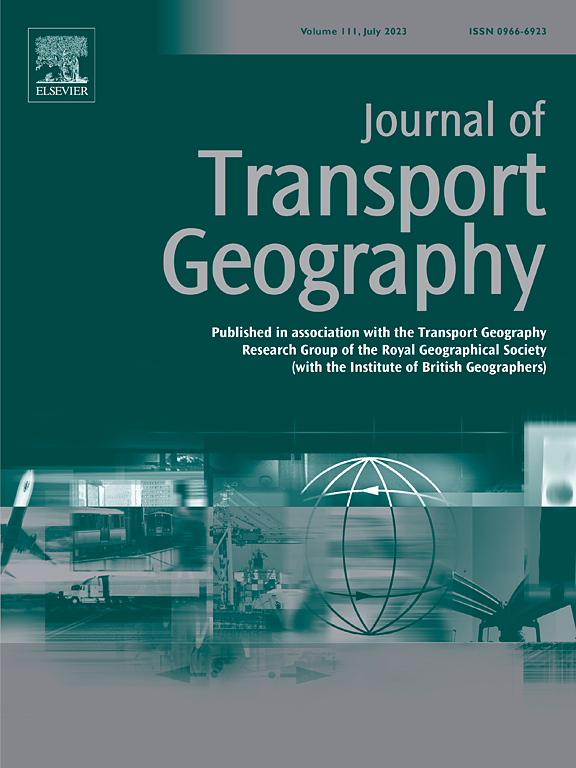Generational evolution and spatial distribution characteristics of ports along the belt and road initiative
IF 6.3
2区 工程技术
Q1 ECONOMICS
引用次数: 0
Abstract
Ports serve as essential nodes in global trade and economic development, offering valuable insights into both historical transformations and contemporary advancements. This study develops a port generational model using the latitude average clustering algorithm to systematically examine the evolution of investment ports along the Belt and Road Initiative (BRI) from 2013 to 2022. Key findings include: (1) A general improvement in the generational levels of ports along the BRI, with rapid development expanding from East Asia and Southeast Asia in 2013 to encompass regions such as the Persian Gulf, Eastern Europe, and West Africa by 2022. (2) The generational distribution of ports along the BRI shows a random spatial pattern rather than significant geographical clustering. BRI investments strategically manage regional risks by acquiring resources, technology, and market opportunities across different areas, aligning with China's domestic industrial and market needs, and supporting global trade objectives. (3) Ports with robust development are primarily located in East Asia, Southeast Asia, and parts of Europe, while those in decline are mainly spread across Africa, South Asia, and Eastern Europe. (4) In terms of investment approaches, contracted ports demonstrate stronger generational advancement in the first and second generations, whereas operated ports excel in the third generation and above. (5) A comparative analysis of BRI ports and surrounding ports shows that BRI investments not only elevate the development levels of the ports themselves but also positively influence the progress of nearby ports, without fostering competitive tensions.
“一带一路”沿线港口代际演变与空间分布特征
港口是全球贸易和经济发展的重要节点,为历史变迁和当代进步提供了宝贵的见解。本研究采用纬度平均聚类算法建立港口代际模型,系统考察了2013 - 2022年“一带一路”沿线投资港口的演变。主要发现包括:(1)“一带一路”沿线港口的代际水平普遍提高,2013年从东亚和东南亚迅速发展,到2022年将涵盖波斯湾、东欧和西非等地区。②“一带一路”沿线港口代际分布呈现随机空间格局,不具有显著的地理集聚性。“一带一路”投资通过获取不同地区的资源、技术和市场机会,结合中国国内产业和市场需求,支持全球贸易目标,战略性地管理区域风险。(3)发展强劲的港口主要分布在东亚、东南亚和欧洲部分地区,而衰退的港口主要分布在非洲、南亚和东欧。(4)在投资方式上,承包港口在第一代和第二代表现出更强的代际递进性,而经营港口在第三代及以上表现出更强的代际递进性。(5)对“一带一路”沿线港口与周边港口的对比分析表明,“一带一路”投资不仅提升了港口自身的发展水平,而且对周边港口的发展也产生了积极的影响,而不会造成竞争紧张。
本文章由计算机程序翻译,如有差异,请以英文原文为准。
求助全文
约1分钟内获得全文
求助全文
来源期刊

Journal of Transport Geography
Multiple-
CiteScore
11.50
自引率
11.50%
发文量
197
期刊介绍:
A major resurgence has occurred in transport geography in the wake of political and policy changes, huge transport infrastructure projects and responses to urban traffic congestion. The Journal of Transport Geography provides a central focus for developments in this rapidly expanding sub-discipline.
 求助内容:
求助内容: 应助结果提醒方式:
应助结果提醒方式:


